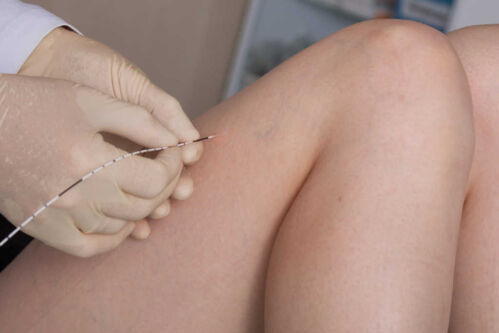
What are Varicose Veins and Can They Be Prevented? (Part 2 of 2)
Dr. Nichols advises that anyone who has pain, swelling, or discoloration of the legs should come in for an initial evaluation.

What are Varicose Veins and Can They Be Prevented? (Part 1 of 2)
Varicose veins are the large ropy veins that you see on the legs. According to Dr. Nichols, varicose veins are a result of vein disease.

What is a DVT?
Deep vein thrombosis (DVT) is an abnormal formation of a clot (thrombus) in the veins of the leg, thigh, or pelvis. DVT can be a serious condition because blood clots in veins can break off and travel to the arteries of the lung. Known as pulmonary embolism (PE), this obstruction of the lung arteries makes it difficult to take in oxygen and can cause death. PE accounts for approximately 100,000 deaths per year in the United States.

Understanding Your Blood Clot Risk
Knowing your risk level for deep vein thrombosis could save your life. Center for Vein Restoration’s Dr. Marlin Schul explains why.

Gravity is the Root Cause of Vein Disease (But You Can Defy it!)
Understanding this root cause helps physicians such as Michael Harding, MD, provide quick relief to patients

Managing Blood Clots in the 21st Century
Much has changed for the better over the years in the diagnosis and treatment of deep vein thrombosis (DVT), a blood clot in a deep vein, usually in the legs.

6 Reasons to Get Your Varicose Veins Treated
Learn why varicose vein treatment is a great way to boost your confidence and improve your health.

How the Food You Eat Impacts Your Vein Health
What you eat affects your entire body — including your veins. Keep your veins healthy by paying attention to your diet.
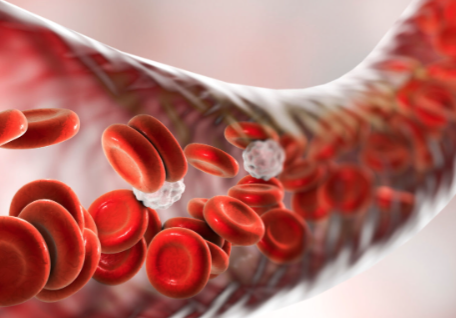 About Vein Disease
About Vein Disease
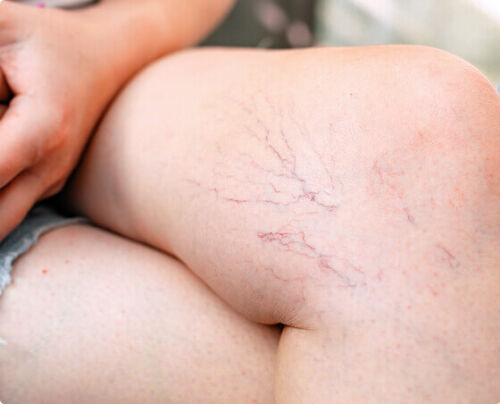 Spider Veins
Spider Veins
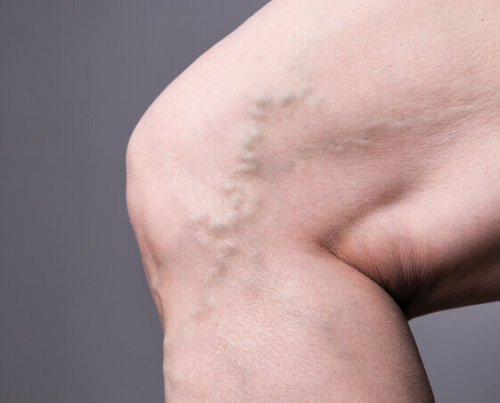 Varicose Veins
Varicose Veins
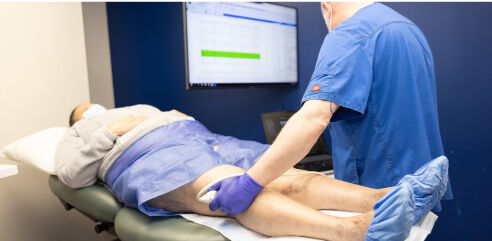 Vein Disease Treatments
Vein Disease Treatments
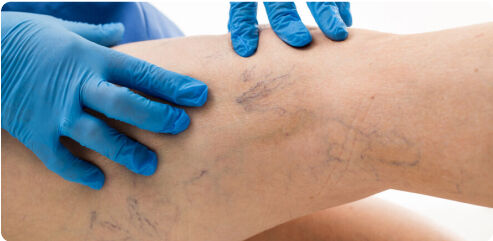 Treating Spider Veins
Treating Spider Veins
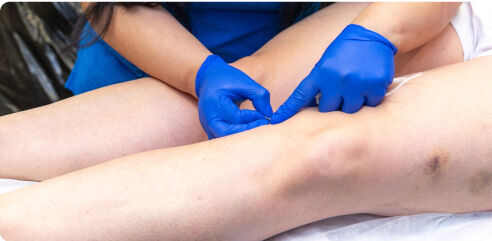 Treating Varicose Veins
Treating Varicose Veins
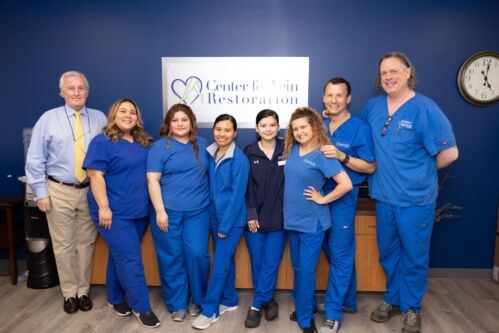 About Us
About Us
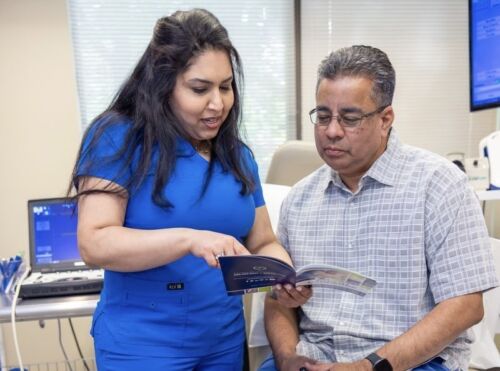 Patient Resources
Patient Resources
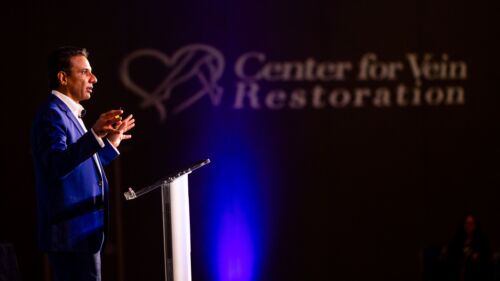 Physician Resources
Physician Resources

